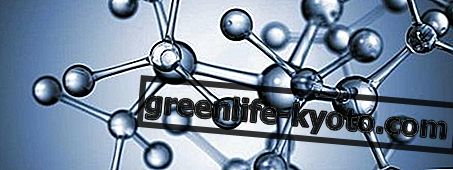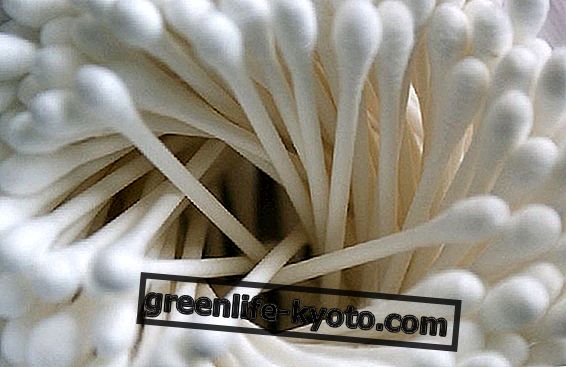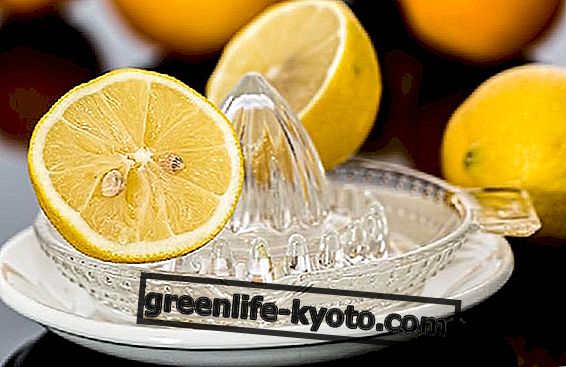Orthomolecular medicine is based on the balance of nutrients in the body to stay healthy and cure certain diseases. Let's find out better.

What is orthomolecular medicine?
Orthomolecular medicine is based on a very simple principle that states that maintaining good health and treating diseases can take place through a change in the concentration of vital substances in the body : it is essentially a nutritional therapeutic practice. This food-based alternative therapy involves balanced nutrition and a precise dosage of vitamins, minerals, enzymes, antioxidants, amino acids, essential fatty acids, pro-hormones, probiotics, dietary fiber and short-chain intestinal fatty acids.
Going naturally in search of its own biochemical balance, unbalanced by the disease, the organism triggers healing processes on a cellular level, practically relying on its ability to heal itself. The term "orthomolecular" was used for the first time by the Nobel Prize in chemistry Linus Pauling in 1968 expressing the "idea of the right molecules in the right amount", "in psychiatry".
Pauling consequently defined orthomolecular medicine as "the treatment of diseases by optimizing the concentrations of substances normally present in the human body" and also the "prevention of health and treatment of diseases by varying the concentration in the human body of substances present in it that they are used to maintain health ".
Even before him, without giving him an official name, it was Dr. Frederick Klenner in the 1940s, a doctor from North Carolina, who experimented with the use of massive doses of vitamin C for the treatment of poliomyelitis.
How does it work?
Although acting on very complex biochemical processes, orthomolecular medicine is able to suggest relatively simple solutions, essentially based on eating habits and styles and living conditions .
According to orthomolecular medicine, a proper integration with quality nutritional substances is able to put a subject back into shape and make up for the increasingly present deficiencies. Orthomolecular therapies are also based on the use of intravenous parenteral administrations of molecules normally present in the body . The treatment of the disease takes place, after a thorough examination that shows if there are deficiencies, through the use of substances such as ascorbic acid or vitamin C.
Deficiencies may initially manifest themselves with very general symptoms such as headaches, fatigue, continuous need to nibble or mood swings and, generally, are not found with normal blood tests, but from other tests, such as the mineralogram, or the hair tissue analysis.
In fact, nowadays food is no longer so rich in nutritional substances: pollution in the air, in water and in the earth has unequivocally contaminated the products and, even through industrial processing, most of the nutritional elements, is destroyed.
Traditional science and medicine, initially skeptical about it, are finding that integration through nutritional substances can be preventive and therapeutic. With the progress of research on nutrition, in fact, the orthomolecular and micronutrition concept seems to have a greater possibility of dissemination and acceptance today.
What does orthomolecular medicine cure?
Among the most interesting orthomolecular diseases, AIMO (International Association of Orthomolecular Medicine) reports: menopause, osteoporosis, arteriosclerosis, back pain, candida, constipation, depression, mental disorders and l intestinal irritation . There are also orthomolecular therapies that would intervene in situations of autism and cancer. Professor RJ Williams has developed the concept of "biochemical individuality", a basic principle of orthomolecular medicine.
It describes it as follows:
"Each individual has his own diet of nutritional substances. Although the list of necessary nutritional substances is the same for everyone, the individual quantities we need must not necessarily be the same for each individual."
This means that each person has his own subjective need for nutritional substances . Due to genetic predispositions, the biochemistry of the organism works in each individual in different ways. The nutritional needs of the cells are individual and different from person to person: what may be enough for one, may be insufficient to another: much depends on the type of constitution that everyone has and on the kind of life he or she does.
For those who are useful
The orthomolecular therapies would be of support for those people who present chronic nutritional deficiencies, with the various related pathologies, but also for those who follow chronic pharmacological therapies (for example: cortisone-based treatments, chemotherapeutic drugs, etc.), for which the orthomolecular medicine it would aim to intervene, as a complementary medicine, reducing the side effects or short, medium and long term damages of certain drugs.
The law in Italy and abroad
In Italy, orthomolecular medicine was introduced in 1993 by Prof. Adolfo Panfili, commissioned by Pauling. Panfili founded the AIMO, the International Association of Orthomolecular Medicine.
The AIMO represents the only structure recognized by Pauling with the task of spreading this branch of medicine, now widespread and exercised by many doctors throughout the world. In Europe, outside the Netherlands (which recently introduced clear legislation that adheres to the principle of freedom of formulation with regard to the essential elements, with the exception of vitamin A and D for which a dosage has been established maximum, as an overdose could cause problems) and England, the other countries, at least officially, still adhere to the dosages illustrated in the RDA / LARN, the so-called minimum recommended dosages.
In the United States, the fact that in 1994 the legislation, with the Nutritional Help and Education Act, nutrients did not pass under the supervision of the FDA (Federal Drug Administration - the equivalent of a Ministry of Health) played a favorable role in the United States played a favorable role. wanted to declare it as a medicine or 'additive', thus liberalizing its sale as food products and thus opening up the possibility of academic research in this field and all that this entails.
Associations and reference bodies
As seen, the officially recognized association is the Aimo, International Association of Orthomolecular Medicine. However, there are also many others of an international nature, such as the German association FOM, Forum of orthomolecular medicine.













